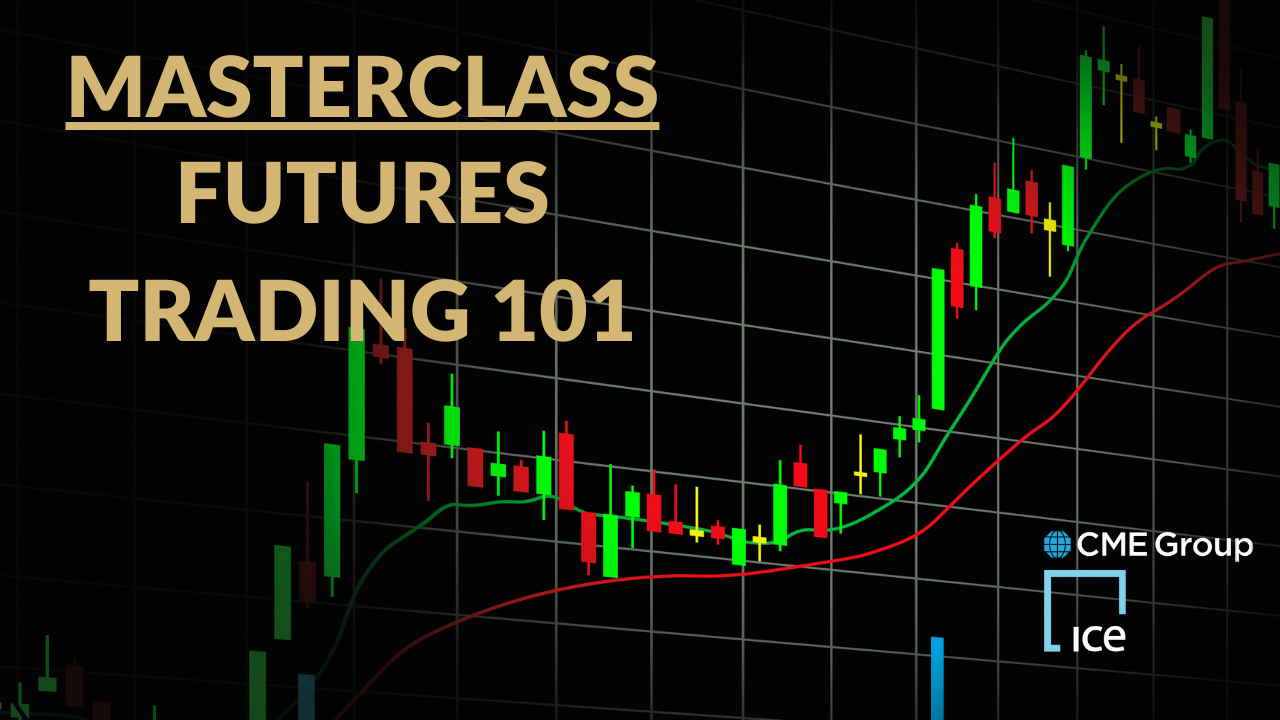In this article, we’ll explore everything you need to know about futures contracts: what they are, how they work, why they’re used, and most importantly, how you can start trading futures. Whether you are a complete beginner or somewhat advanced trader, This Guide will give you the Key tools to become a successful futures trader. Let’s dive in!
First of all don’t hesitate to read the futures trader glossary to make sure you understand all the trading jargon.
1. What is a Futures Contract?

The famous quote of the legendary investor Warren Buffet is one of the most important advice for any participant in the financial markets.
Whether you are day trading or long term value investing if you want to have any chance of making money consistently :
you must start by understanding the financial instrument you are trading and the other participants you are trading against.
Already a lot of beginners make the mistake of overlooking this core principle.
1.1 Futures Contracts Explained and Meaning
Futures Contract Definition:
A futures contract is an agreement to buy or sell a specific asset at a predetermined price on a specific future date. Think of it as a “deal” where you lock in a price today for something you’ll exchange in the future.
Unlike stocks where you own a piece of a company, futures are contracts with an expiration date. When you buy a futures contract, you’re not buying the actual asset immediately – you’re buying the obligation to purchase that asset when the contract expires (unless you close your position before then).
This is why Futures are classified as financial derivatives, their value is derived from an underlying asset or benchmark. The price of a futures contract is based entirely on the expected future price of its underlying asset – whether that’s oil, corn, currencies, interest rates, or market indices.
A) Why Do Futures Market Exist?
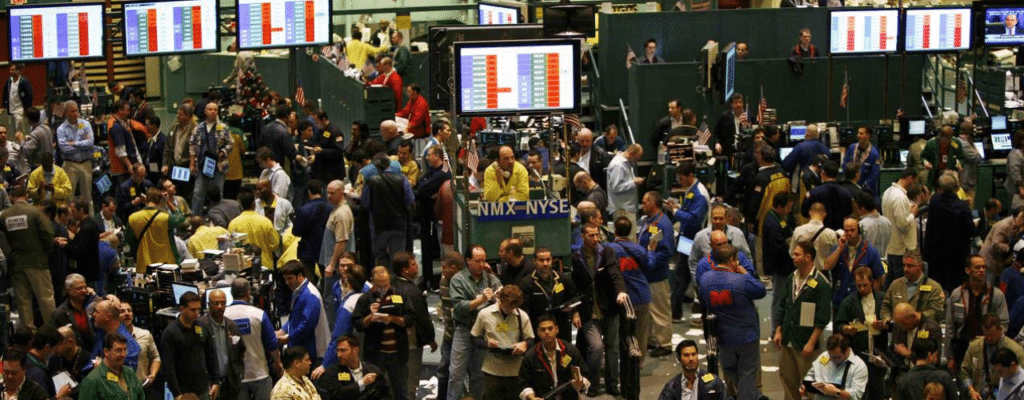
Futures originated to help farmers and merchants manage price risk. A farmer could sell wheat futures to lock in prices before harvest, while a baker could buy wheat futures to secure future costs. This allowed both to focus on their businesses without worrying about price swings.
Today, futures serve two main purposes:
- Hedging: Airlines buy oil futures to protect against rising fuel costs; manufacturers lock in commodity prices
- Speculation: Traders aim to profit from price movements without ever intending to take delivery of the actual asset
B) Key Features of Futures Contracts
- Standardization: Each contract has specific terms (quantity, quality, delivery date, and location)
- Leverage: You only need to put up a fraction of the contract’s value (called margin)
- Exchange-traded: Traded on organized exchanges with a clearinghouse that guarantees performance
- Settlement at expiration: Can be cash-settled (common for index futures) or physically delivered at expiration (e.g. delivery of the oil barrels, though most traders close positions before expiration)
- Daily Settlement: Another important feature is daily settlement, also known as mark-to-market. Every day between 14:59:30-15:00:00 CT (for equities), the value of your position is recalculated based on the current futures market price.
1.2. How Futures Trading Works
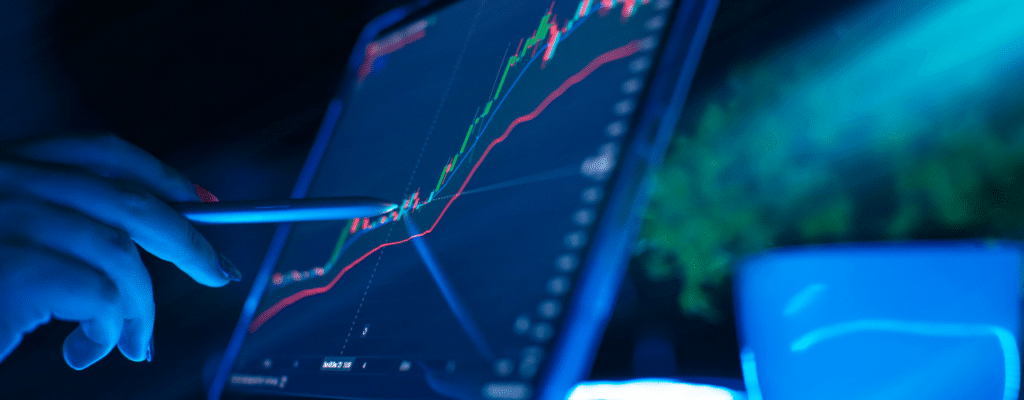
A) Contract Specifications
Each futures contract has standard specifications:
- Underlying asset: What’s being traded (oil, gold, S&P 500, etc.)
- Contract size: The amount per contract (e.g., 1,000 barrels of oil)
- Tick size: The minimum price movement (e.g., $0.01 per barrel)
- Tick value: The dollar value of one tick move (e.g., $10 per contract)
- Expiration date: When the contract settles
B) Margin and Leverage
Futures trading uses leverage through margin:
- Initial margin: The deposit required to open a position (typically 3-12% of contract value)
- Maintenance margin: The minimum account balance to keep your position open
- Margin call: Demand for additional funds if your account falls below maintenance margin
This leverage is a double-edged sword – it amplifies both gains and losses.
C) Going Long vs. Short
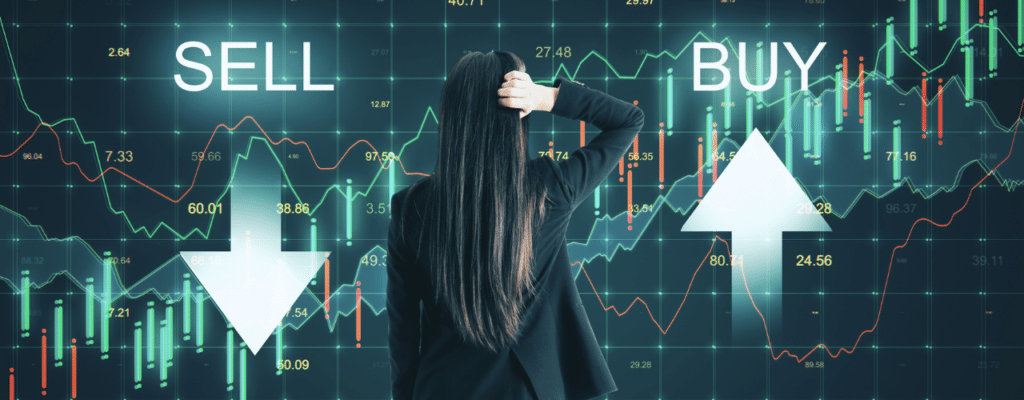
- Going long: Buying futures contracts betting the price will rise
- Going short: Selling futures contracts betting the price will fall
Unlike stocks, there are no special requirements or borrowing costs to short futures – it’s as simple as going long.
D) What is futures Rollover and how does it work
Futures rollover is the process of closing a position in a soon-to-expire futures contract and simultaneously opening a position in a longer-dated contract for the same underlying asset.
Unlike stocks which can be held indefinitely, futures contracts expire. If you want to hold a trade beyond expiration, you must roll.
Here’s how it works:
- Close expiring position: You sell (if long) or buy (if short) your current contract before expiration
- Enter new position: You buy (if continuing long) or sell (if continuing short) the next contract month
- Pay/receive the spread: The price difference between the two contracts is settled in cash
For example, if you’re long June crude oil futures and want to roll to July:
- Close June position by selling at $75.00
- Open July position by buying at $75.50
- Pay $0.50 per barrel roll cost (in this case)
The price difference between contracts (the spread) reflects carrying costs, interest rates, and market expectations. Markets in contango (later months priced higher) create roll costs, while backwardation (later months priced lower) creates roll yield.
Institutional traders typically roll positions during the “roll period” – several days before the expiring contract’s liquidity significantly diminishes, which occurs prior to the First Notice Day.
Why it matters for traders,During rollover periods:
- Liquidity shifts from the front-month contract to the next month
- Spreads may widen in the expiring contract
- Volume decreases in the near-term contract
- Price distortions can occur as large traders and funds roll positions
E) Where to Trade Futures, the major Exchanges:
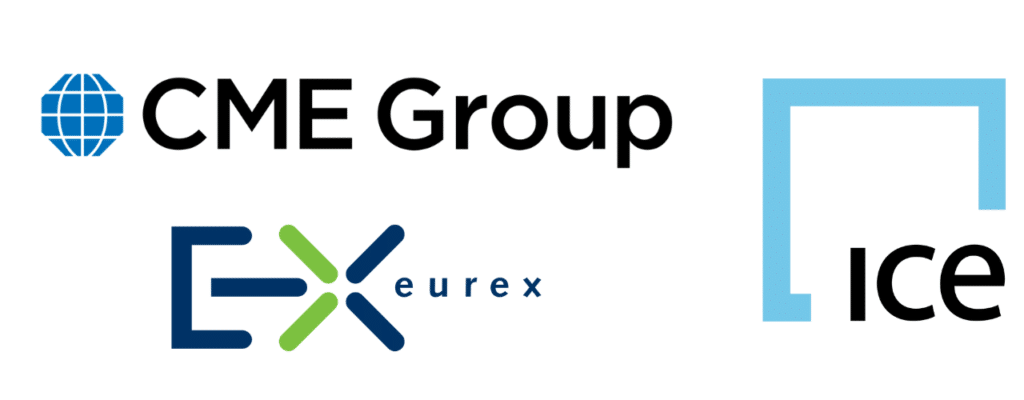
- CME Group (Chicago Mercantile Exchange) The largest futures exchange in the world, CME Group dominates US futures trading after merging with CBOT, NYMEX, and COMEX. Offers, S&P500, Nasdaq, Dow Jones…
- Intercontinental Exchange (ICE) Originally focused on energy, ICE has expanded through acquisitions (including NYSE Euronext)
- Eurex Europe’s leading derivatives exchange (DAX, EURO STOXX, German Bund…)
F) When Can You Trade Futures?
Unlike stocks that trade during set business hours, many futures markets operate nearly 24 hours. Most CME futures contracts are traded from Sunday: 6:00 PM ET to Friday 5:00 PM ET with a brief daily maintenance break: 5:00 PM – 6:00 PM ET. Futures market trading hours are one very attractive feature for traders.
The near-continuous nature of futures trading offers several advantages:
- Trading Around Your Schedule : his flexibility is especially valuable for: part-time traders with day jobs or traders in different time zones
- Reacting to Global Events Futures markets respond immediately to breaking news, allowing you to respond to unexpected economic data releases
G) The Role of the Clearinghouse
The clearinghouse acts as the buyer to every seller and the seller to every buyer, eliminating counterparty risk. This means you don’t have to worry about the other trader’s ability to fulfill their obligation and solvency.
Understanding these steps gives you a clear picture of how futures contracts operate. Whether you are hedging against risk or aiming to make money from intraday market moves, knowing the roles of buyers and sellers, how exchanges standardize contracts, and the everyday process of settlement is essential for your journey into trading futures.
1.3 Main types of Futures Contracts with examples
Futures contracts exists for almost every market possible each designed for specific markets and trading opportunities. Here’s a breakdown of the main types:
A) Financial Futures

These contracts derive their value from financial instruments rather than physical goods.
Equity Index Futures (CME)
Underlying Asset: Major stock market indices (S&P 500, Nasdaq-100, Dow Jones, Russell 2000), tracking overall market performance. It is pricing the future value of these indices at contract expiration.
Who trades them: Asset managers, hedge funds, institutional investors, day traders, and retail investors seeking market exposure or hedging.
What for: For market exposure, hedging stock portfolios, and speculating on market direction without buying individual stocks.
Most traded Equity Futures:
- E-mini S&P 500 (ES)
- E-mini Nasdaq-100 (NQ)
- E-mini Dow Jones (YM)
- E-mini Russell 2000 (RTY)
- Micro E-mini versions of the above (MES, MNQ, MYM, M2K)
Interest Rate Futures (CBOT/CME)
Underlying Asset: US Treasury Bonds (Government debt) and interest rates. Represents the future price of bonds or future interest rate levels.
Who trades them: Banks, mortgage lenders, insurance companies, pension funds, and fixed-income portfolio managers.
What for: To hedge interest rate risk, manage bond portfolios, and speculate on monetary policy changes.
Most traded Bonds Futures:
- 10-Year T-Note (ZN)
- 30-Year T-Bond (ZB)
- 5-Year T-Note (ZF)
Currency Futures (CME)
Underlying Asset: Currency exchange rates between major global currencies (EUR/USD, USD/JPY, GBP/USD). Represents the future exchange rate between currency pairs.
Who trades them: Multinational corporations, banks, investment funds, forex traders, and import/export businesses.
What for: For currency risk management, international trade settlement, and speculating on forex movements.
Most traded Currencies Futures:
- Euro FX (6E)
- Japanese Yen (6J)
- British Pound (6B)
- E-micro versions available
Cryptocurrency Futures (CME)
Underlying Asset: Cryptocurrencies (Bitcoin, Ether). It represents the future price of these digital assets.
Who trades them: Cryptocurrency miners, crypto funds, institutional investors entering the space, and retail crypto enthusiasts.
WHat for: To gain regulated exposure to crypto markets, hedge existing crypto holdings, and speculate on price movements.
Most traded Crypto Futures:
- Bitcoin (BTC)
- Ether (ETH)
- Micro Bitcoin (MBT)
- Micro Ether (MET)
B) Commodity Futures

These contracts are based on physical goods like Oil or Bold.
Energy Futures (NYMEX)
Underlying Asset: Physical energy commodities (crude oil, natural gas (NAT GAS), gasoline). Represents the future delivery price of these energy commodities
Who trades them: Oil producers, refineries, airlines, transportation companies, energy traders, and increasingly retail traders.
What for: To hedge against price volatility, secure future prices, and speculate on energy price movements.
Most traded Energy Futures:
- Light Sweet Crude Oil (CL)
- Natural Gas (NG)
- RBOB Gasoline (RB)
- Micro WTI Crude Oil (MCL)
Metals Futures (COMEX)
Underlying Asset: Physical precious and industrial metals (gold, silver, copper). Represents the future delivery price of these metals.
Who trades them: Mining companies, jewelry manufacturers, industrial users, central banks, investment funds, and retail investors seeking diversification.
What for: As inflation hedges, safe-haven assets, industrial price risk management, and for speculation.
Most traded Metals Futures:
- Gold (GC)
- Silver (SI)
- Copper (HG)
- Micro Gold (MGC)
- Micro Silver (SIL)
Agricultural Futures (CBOT)
Underlying Asset: Physical agricultural commodities (grains, oilseeds, and other agricultural products). Represents the future delivery price of these agricultural products.
Who trades them: Farmers, grain elevators, food processors, exporters, and commodity trading firms
What for: To lock in prices for farmers and food processors, manage supply chain risk, and for price speculation.
Most traded Agricultural Futures:
- Corn (ZC)
- Soybeans (ZS)
- Wheat (ZW)
- Mini versions of these contracts
By understanding these types, you can better decide which futures suit your trading style and goals. Whether you’re hedging risk with commodity and financial futures or exploring the fast-paced world of cryptocurrency futures, knowing the differences is your first step toward making smart trading decisions.
1.4 Futures vs. Other Financial Instruments
When you step into the trading world, you’ll encounter a variety of financial instruments like stocks, options, and forward contracts. Here’s how futures compare:
Futures vs. Stocks
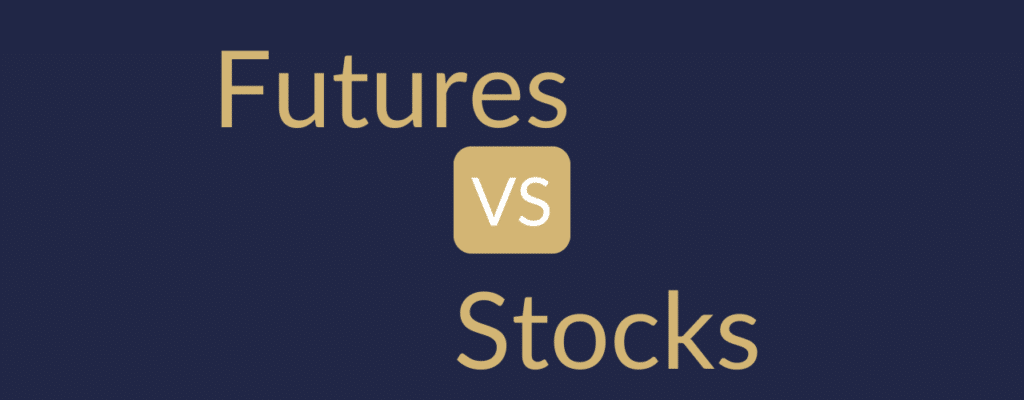
Stocks represent ownership in a company. When you buy a stock, you own a piece of that business, and your profit from dividends and long-term growth. Futures, however, are not about ownership. They are contracts that let you bet on the future price of an asset—like oil, gold, or a stock index.
Why futures are best for retail traders:
- Focus on one instrument: you can profit from overall market moves without worrying about how each individual company is doing.
- Leverage: Futures also allow you to use leverage, meaning it requires a smaller capital to manage equivalent position sizes. This is a huge advantage when starting your trading journey. This can boost profits, but it also increases risk so risk management is key.
- Centralized: Futures are traded on centralized exchanges (i.e. everyone trade the same contract on the same exchange with the same data) compared to stocks where the same stock is traded simultaneously accross several exchanges giving more advantage to highly sophisticated participants (i.e. hedge funds, HFTs, Quantitative traders…).
- Higher liquidity: since futures are centralized in one exchange, the liquidity is also concentrated. The main futures markets offer higher liquidity, reducing trading cost with tigher spreads almost no slippage.
- Extended Hours: Nearly 24-hour monday through friday trading in major index futures compared to stocks 9:30 a.m. ET to 4:00 p.m. ET.
Futures vs. Options
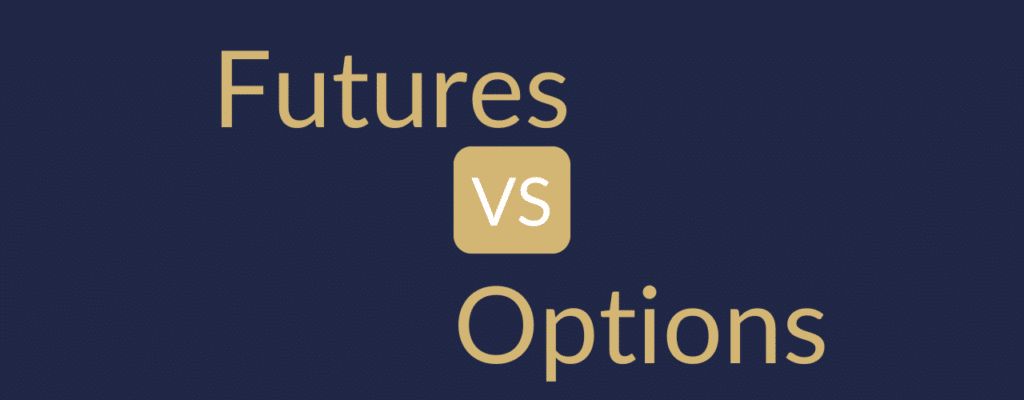
Options are diffrent financial derivatives than futures,they give you the right to buy or sell an asset without the obligation (hence the name), which adds flexibility but also complexity. For beginnerday traders, this complexity can be a hurdle, as options require more knowledge (e.g. greeks: delta, gamma, theta, and vega…) and deep understanding of time decay, spreads and implied volatility.
Futures advantages
- Simplicity: Straightforward P&L calculation without complex Greeks .
- Tax Advantages: 60/40 tax treatment (60% long-term, 40% short-term capital gains).
- Direct Market Exposure: Price movement is directly tied to underlying.
Options Advantages
- Defined Risk: Maximum loss limited to premium paid (for buyers).
- Asymmetric Returns: Potential for outsized gains relative to investment.
- Volatility Trading: Can profit from volatility changes, not just direction.
- Strategy Flexibility: Multiple approaches based on market outlook.
In summary Futures offer an faster learning curver, best suited for beginners. However, most professional traders use both instruments situationally:
- Options for defined risk trades, earnings plays, and volatility events
- Futures for directional plays in liquid markets with strong trends
2. Trading Futures for beginners: step by step
2.1 Learn how to Trade Futures

A) get a proper education with trading fundamentals
- Trading basics: Learn about long/short positions, take profit and stop loss orders, different order types (limit, market, stop orders), and how to read price charts
- Fundamental analysis: Understand economic indicators (GDP, employment reports, interest rates) and how they impact markets
- Technical analysis: Understand price action, orderflow / volume analysis, indicators
- Risk management: Develop rules for position sizing, stop placement, and maximum daily losses
- Trading psychology: Build mental discipline and emotional control
- Implement good habits from the start: journaling trades, following the strategy… Bad habits are extra hard to change so make sure you setup the right ones.
Where to learn trading fundalentals
- Trading Books
- Educational Websites
- Trading Communities: join our discord
B) Build your trading strategy
Develop a plan that answers these questions:
- What markets will you trade?
- What timeframes will you focus on?
- What specific conditions trigger entries and exits?
- Which conditions invalidates your trade or scenario ?
- How much will you risk per trade?
- What hours will you trade?
- When will you not trade?
- When wil you stop trading?
Common Futures Trading Strategies
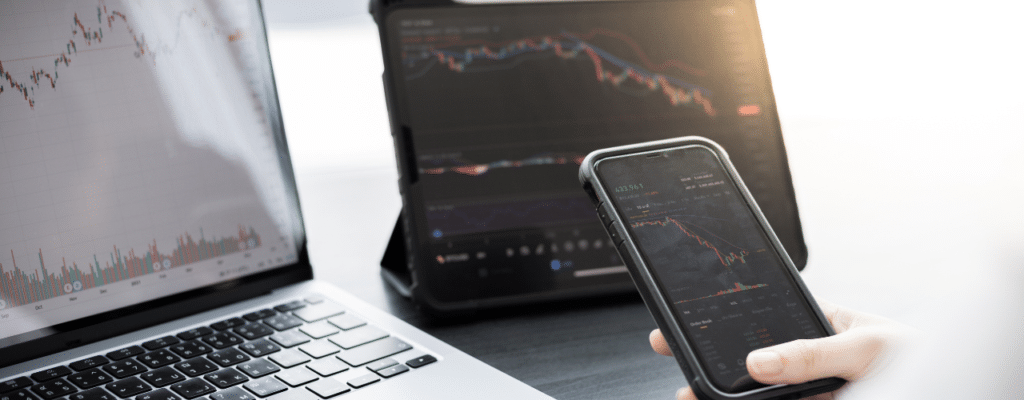
Trend Following
- Identify the prevailing trend using moving averages or other indicators
- Enter in the direction of the trend after pullbacks
- Exit when the trend shows signs of reversing
Breakout Trading
- Identify key support/resistance levels or consolidation patterns
- Enter when price breaks out of these levels with increased volume
- Use a stop loss on the opposite side of the breakout point
Mean Reversion
- Look for overbought/oversold conditions using oscillators like RSI
- Enter trades expecting price to return to average levels
- Works best in ranging, non-trending markets
C) Test and get stats: the importance of backtesting or forwardtesting before risking money
Before risking any of your hard earn money you have to know if your strategy is profitable. Obviously you will truely know only after testing in live market but at least you can filter most not profitable onesand avoid loosing miney.
- Backtesting: Test your strategy on historical data (good first step)
- Paper trading: Practice with simulated trades in real-time (can be useful but better trade prop firms)
- Forward testing with prop firms: Risk small withreal trades to verify your approach works in live conditions
2.2 Accessing the futures market and open a trading account
Choosing a Broker, Opening a Futures Trading Account and Funding With Your Own Capital (What Most People Do but not the best option)
Most new traders start by opening a trading account with a retail futures broker. We will see why this is not the best options and then what we recommand you to do instead. These companies act as middlemen between you and the exchanges.
Here are the options you have when opening your trading account:
- Funding With Your Own Capital (Risky): Starting with your own money is the traditional approach, but it comes with significant risks
- Risk of significant personal losses
- May require substantial starting capital to meet Margin Requirements ($5,000-$25,000+)
- Emotional pressure when trading your life savings
- Trading a Demo Account (No Skin in the Game = No Great Implication): Most brokers offer simulated trading accounts where you can practice without risking real money:
- Doesn’t replicate the psychological pressure of real trading
- May develop bad habits due to lack of consequences
- Often has perfect execution that doesn’t reflect real market conditions
- While demo accounts are valuable for learning, many traders find their performance changes dramatically when real money is involved.
Better Solution: Start With a Reliable Prop Firm
Read about: What are prop firms ?
Prop trading firms that provide capital to traders in exchange for a profit split:
How It Works:
- Pay a small fee ($50-$200 depending on account size)
- Pass a trading evaluation (showing consistent profitability)
- Receive a “funded account“
- Keep 80-90% of the profits you generate
- Follow strict risk management rules
Advantages:
- Don’t risk your own capital
- Faster path to real profits with bigger capital
- Develop disciplined trading habits (enforced by firm rules)
- Get access to professional data and sometimes mentoring
Starting with a prop firm forces you to develop good risk management habits and protects you from catastrophic losses.
2.3 Choosing the Best Trading Platform and Tools
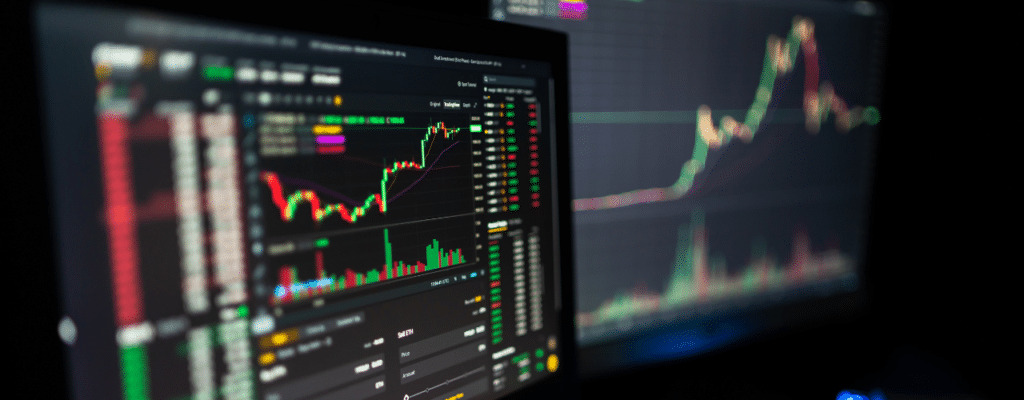
A) Trading Platforms and Charting Tools
Your trading platform is your most important too, it needs to fit your specific style and requirements. Here’s a breakdown of the most popular options:
NinjaTrader
Best for: Serious futures traders who value customization Key features:
- Advanced order types and trade management
- Deep market depth visualization
- Strong backtesting capabilities
- Extensive third-party add-ons
Limitations: Steeper learning curve; full version requires purchase or lease (though basic version is free)
Quantower
Best for: Multi-market traders who need advanced order management Key features:
- Modular interface design
- Low resource usage
- Excellent DOM (depth of market) trading
- Multiple broker connectivity
Limitations: Less community support than other platforms; relatively newer
Sierra Chart
Best for: Hardcore traders who prioritize speed and reliability Key features:
- Extremely fast execution
- Highly customizable
- Lower resource requirements
- Advanced spread trading features
Limitations: Less user-friendly interface; steeper learning curve; dated appearance
TradingView
Best for: Beginners and traders who value social features Key features:
- Browser-based (no download required)
- Huge library of indicators and strategies
- Social sharing of ideas and charts
- Clean, intuitive interface
Limitations: Limited direct broker integration; some advanced features require paid subscription
B) Data Feed: The Lifeblood of Your Charts
A data feed is the service that delivers real-time market information to your trading platform. This includes price data, volume, and market depth.
Popular Data Feed Providers:
- Rithmic: Known for speed and reliability, popular with day traders
- CQG: High-quality, comprehensive coverage, used by many institutional traders
- IQFeed: Extensive historical data, good for backtesting
- dxFeed: Competitive pricing, solid reliability
Key Considerations:
- Latency: How quickly you receive data (critical for scalpers)
- Reliability: Uptime and accuracy during volatile markets
- Cost: Ranges from $50-500+ per month depending on markets covered
- Data Depth: Level I (basic quotes) vs. Level II (market depth)
Most platforms come with at least one integrated data feed option, but serious traders often pay for premium feeds to gain a competitive edge.
Read also: Understanding Rithmic data feed issues
C) Economic Calendars for Tracking Key Events
Futures markets react strongly to economic releases and global events. Stay informed with these resources:
- Forex Factory: comprehensive global economic calendar with expected impact ratings
- Trading Economics: in-depth economic data analysis
- Investing Calendar: user-friendly interface with mobile access
- Bloomberg Economic Calendar: professional-grade insights (some features require subscription)
Pro tip: Schedule your trading around major announcements. Volatility spikes during these times, creating both opportunity and risk.
D) Trading Journal: Track Your Progress
Keeping a detailed trading journal is one of the most underrated tools for improvement. Options include:
Dedicated Software
- Tradervue: Automatically imports trades from most brokers, provides detailed analysis
- EdgeWonk: Powerful analytics focused on psychological aspects
- TraderSync: Visual dashboard with trade playback feature
- Journalytix: AI-powered performance insights
DIY Solutions
- Notion: Customizable templates, easy to organize
- Google Sheets: Free, flexible, can create custom analytics
- Evernote: Good for combining screenshots with notes
- Excel: Most powerful analytical capabilities if you know formulas
What to Track in Your Journal:
- Entry and exit prices, times, and sizes
- Setup type and reason for entry
- Market conditions and key levels
- Emotions before, during, and after the trade
- Screenshots of chart at entry and exit
- What went right or wrong
- Lessons learned for future trades
The best traders review their journals weekly to identify patterns and areas for improvement. This practice alone separates professionals from amateurs – disciplined journaling leads to faster improvement and helps eliminate repeated mistakes.
3 Common Beginner Mistakes to Avoid

A) Overtrading
Problem: Trading too frequently out of boredom or FOMO (fear of missing out). Solution: Stick to your strategy and only trade when your specific conditions are met.
B) Inadequate Capital
Problem: Starting with too little money, leading to excessive risk per trade. Solution: Start trading with a prop firm account.
C) Neglecting Education
Problem: Jumping in without understanding markets or developing a strategy. Solution: Invest time in learning before investing money in trading.
D) Poor Risk Management
Problem: Risking too much per trade, not using stops, averaging down losing positions. Solution: Create strict risk management rules and never break them.
E) Emotional Trading
Problem: Making decisions based on fear or greed rather than your strategy. Solution: Develop and follow a trading plan that removes emotion from the equation.
Conclusion: The Road Ahead for Aspiring Traders
Futures trading offers tremendous opportunities but requires dedication, discipline, and continuous learning. The path to consistent profitability typically takes 1-2 years of focused effort.
Remember these key points:
- Master the fundamentals before risking real money
- Develop and test a clear strategy that fits your personality
- Practice strict risk management at all times
- Start trading with prop firms to build your capital
- Keep a trading journal to track and improve your performance
Futures trading isn’t a get-rich-quick scheme – it’s a professional endeavor that rewards those who approach it with patience and respect for the markets. As you grow in your trading journey, focus on consistent execution rather than hitting home runs, and never stop learning from both your successes and failures.
FAQ
Are futures contracts regulated?
Yes, they are. Futures contracts are traded on standardized exchanges, such as the CME Group or NYMEX, and are closely monitored by regulatory bodies like the Commodity Futures Trading Commission (CFTC) in the United States. These regulations ensure that trading is fair, transparent, and that both buyers and sellers are protected.
Read about: Are Futures Prop Firm Legal ?
Can you short futures?
Yes, you can short futures contracts. Shorting futures is a straightforward process that doesn’t require borrowing the underlying asset as with stock shorting.
To short a futures contract, you simply sell a futures contract first with the intention of buying it back later at a lower price. This is also called taking a “short position” in futures.
The mechanics work like this:
- You sell a futures contract at the current price
- If the price falls, you buy back the contract at the lower price and profit from the difference
- If the price rises, you’ll need to buy back at a higher price, resulting in a loss
Unlike shorting stocks, there’s no need to locate and borrow the asset first, making futures an efficient instrument for expressing bearish views.
Is a futures contract a security?
No, futures contracts are not classified as securities. They are derivatives contracts.
While securities (like stocks and bonds) represent ownership or creditor relationships with specific entities, futures contracts are standardized agreements to buy or sell an underlying asset at a predetermined price on a specified future date.
Futures are regulated by the Commodity Futures Trading Commission (CFTC) in the US, not the Securities and Exchange Commission (SEC) which oversees securities. This regulatory distinction highlights their different classification.
Futures fall under the broader category of derivatives because their value derives from an underlying asset, whether that’s commodities, currencies, interest rates, or stock indices.
Can we rollover futures contract?
Yes, you can roll over futures contracts.
Rollover (or rolling) is a common practice where traders close their position in a near-term expiring contract and simultaneously open a new position in a longer-dated contract of the same underlying asset.
Traders roll futures for several reasons:
- To maintain market exposure beyond the current contract’s expiration
- To avoid physical delivery obligations of the underlying asset
- To adjust positions based on changing market conditions
The process typically involves:
- Closing (offsetting) the position in the expiring contract
- Opening a new position in the next contract month or a further-dated contract
When rolling, traders must account for the price difference between contracts (the spread), which represents carrying costs, interest rates, and market expectations. This spread can result in either a roll yield (positive carry) or roll cost (negative carry) depending on whether the market is in contango or backwardation.
Most institutional traders have systematic roll procedures to manage their futures exposure continuously.
How long can I hold a futures contract?
You can hold a futures contract until its expiration date, which varies by contract type. However, most traders don’t hold until expiration.
The maximum holding period depends on the specific contract’s expiration cycle:
- Most commodity and financial futures have quarterly cycles (March, June, September, December)
- Some contracts have monthly expirations (like crude oil)
- Some offer weekly expirations (certain equity index futures)
Contract durations typically range from a few weeks to about 9 months, though some markets (like interest rates) offer contracts extending several years forward. If you want to maintain exposure beyond a single contract’s expiration, you would need to roll your position forward by closing the current contract and opening a position in a later-dated contract.
What is a tick in futures trading?
A tick in futures trading is the minimum price movement or increment by which a futures contract can change in value. It’s essentially the smallest unit of price change.
Key aspects of ticks:
- Each futures contract has a defined tick size specific to that market
- Tick value = tick size × contract multiplier
- Traders calculate profit/loss in terms of ticks
For example:
- In E-mini S&P 500 futures, one tick is 0.25 index points, worth $12.50 per contract
- In crude oil futures, one tick is $0.01 per barrel, worth $10 per contract
- In Treasury bond futures, one tick is 1/32 of a point, worth $31.25 per contract
Traders often communicate position changes and profit/loss (PNL) in terms of ticks (“I made 8 ticks on that trade”), making it an essential concept in futures trading jargon and risk management calculations.
How much money do you need to start trading futures?
To start trading futures, you need to meet minimum margin requirements, which vary by contract and broker. Here’s a breakdown:
Initial margin requirements typically range from:
- $3,000-$12,000 for E-mini S&P 500 futures
- $2,000-$7,000 for crude oil futures
- $1,500-$4,000 for gold futures
However, the practical starting capital should be significantly higher than just meeting margin requirements. Most professional traders recommend:
- Minimum $10,000-$25,000 for retail traders to allow for proper position sizing
- Ideally $50,000+ if trading multiple contracts or markets
This is why trading with a prop firm is much easier and less risky when starting your trading journey.

